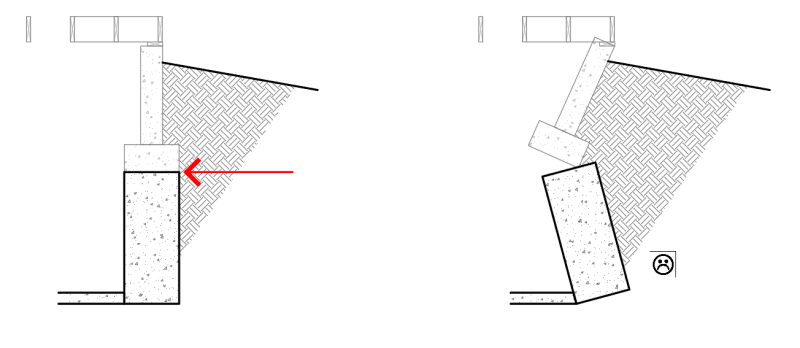-
1
- #1
Hello everyone, question here on converting a 3' tall residential crawl space into an 8' tall basement. Prior to making this post I have read through every thread I could find on this site about underpinning multiple times. Please consider the drawing below showing the dimensions of the crawl space that is to be converted to a basement. At my old firm we would spec out something similar to the detail below. However, after reading through old posts it seems that this detail is not favored by many of the engineers here. It seems that the standard recommendation is to underpin the existing wall/ftg with a new wall that matches the width of the existing footing (in my case, that would be 20" thick). My concern, which has been brought up by others previously, is what about the "hinge" between the existing footing and the new wall? I've seen some of you say that if there is enough dead load on the existing wall then it will provide the overturning/sliding resistance needed so that we don't need to worry about the hinge. I've also seen some of you say that the new wall needs to be quite thick (30" or more) to prevent the overturning/sliding.
Well in my case I have an entire 31'-4" length of wall that runs parallel to the framing so it won't have any dead load from above providing resistance. Also, the existing footing is only 20" wide. PEinc in particular has said that doweling rebar into the bottom of the existing footing is not a good practice. Even if doweling was acceptable, wouldn't the dowels need to extend 18" at least up into the existing footing and wall? Seems impossible that that could be done correctly.
To summarize: Does lack of any dead load preclude underpinning? If I underpin, what about the hinge? If I design an l-shaped cantilever retaining wall with load from the existing footing, what is the problem with doing that? I don't have a soils report. I appreciate your thoughts and comments.
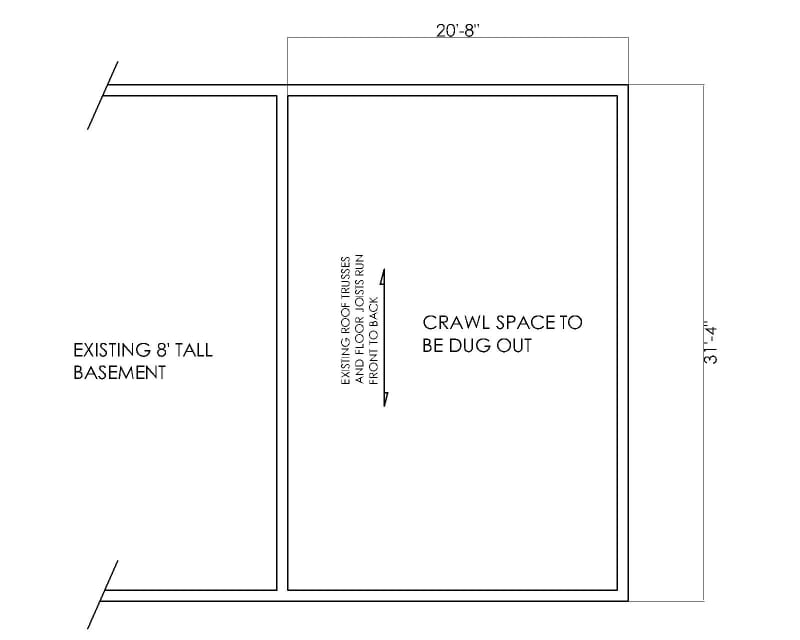
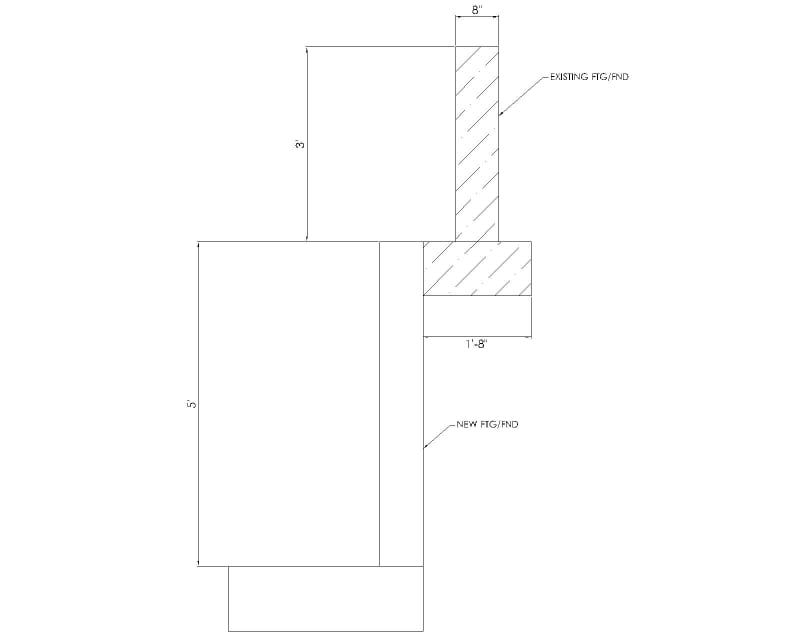
Well in my case I have an entire 31'-4" length of wall that runs parallel to the framing so it won't have any dead load from above providing resistance. Also, the existing footing is only 20" wide. PEinc in particular has said that doweling rebar into the bottom of the existing footing is not a good practice. Even if doweling was acceptable, wouldn't the dowels need to extend 18" at least up into the existing footing and wall? Seems impossible that that could be done correctly.
To summarize: Does lack of any dead load preclude underpinning? If I underpin, what about the hinge? If I design an l-shaped cantilever retaining wall with load from the existing footing, what is the problem with doing that? I don't have a soils report. I appreciate your thoughts and comments.



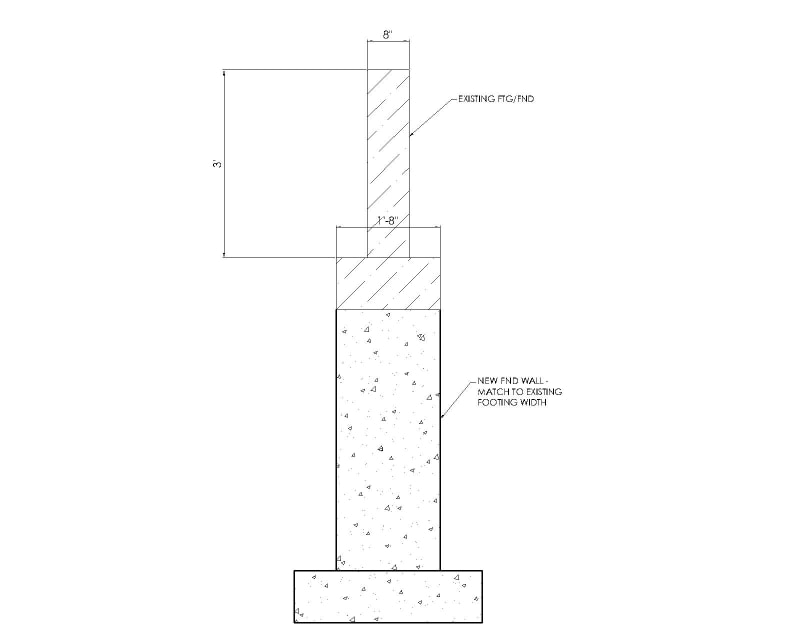
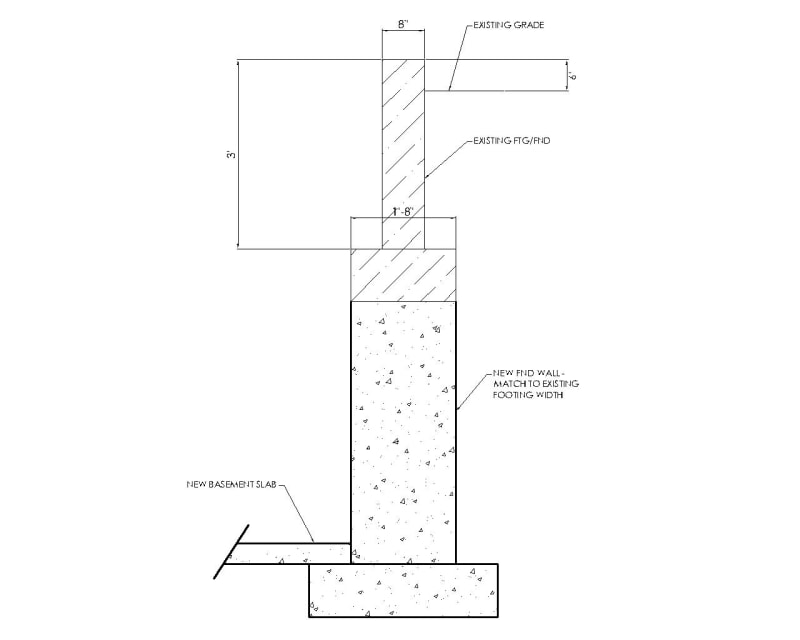
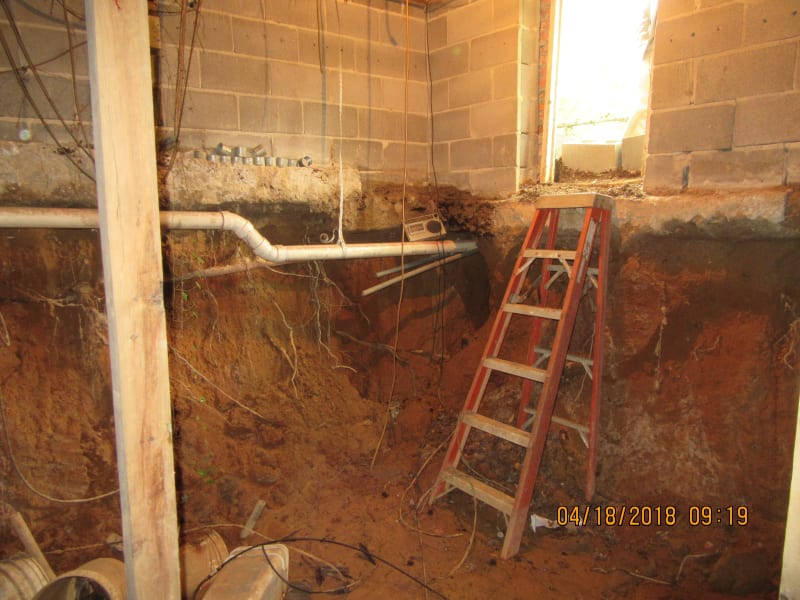

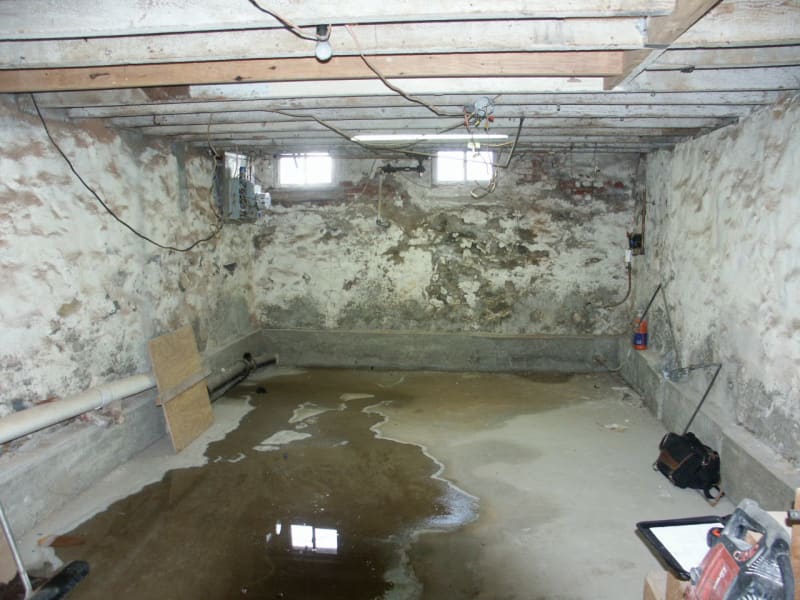
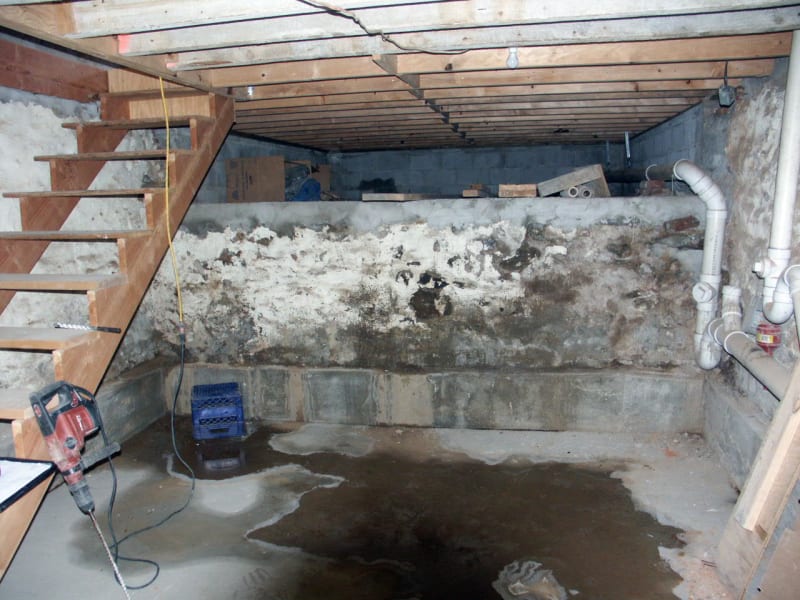
![[ponder] [ponder] [ponder]](/data/assets/smilies/ponder.gif) then it's a problem.
then it's a problem. ![[pipe] [pipe] [pipe]](/data/assets/smilies/pipe.gif)
